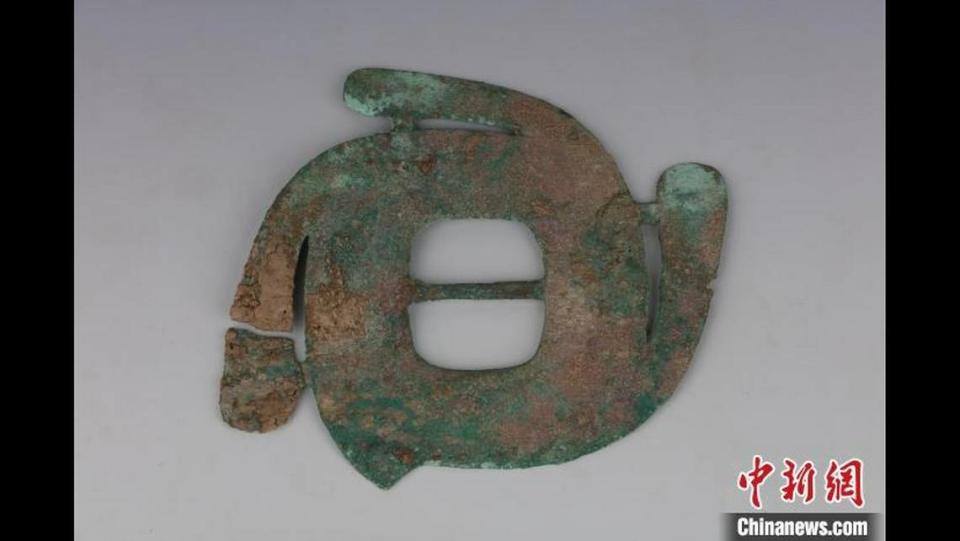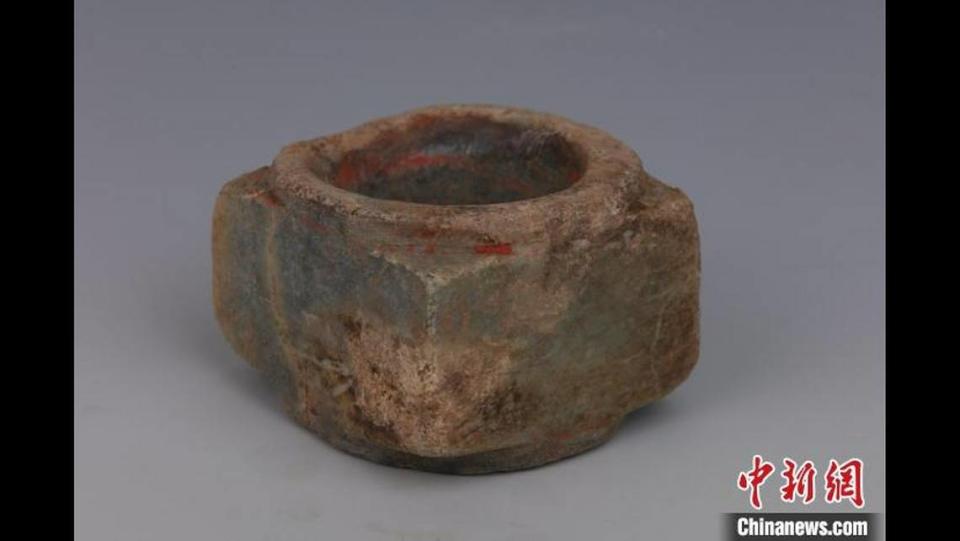2,700-year-old cemetery full of cultural relics unearthed in China. See what was found
An ancient public cemetery filled with tombs and cultural relics was unearthed in China, archaeologists say.
Experts with the Baoji Municipal Institute of Archaeology said they discovered 77 tombs — 45 of which date to the Western Zhou dynasty — and 328 cultural relics, including porcelain, pottery and bronze and jade items.
The institute said the site, known as the Dongshahe West Road cemetery, was a public cemetery during the Western Zhou dynasty — which lasted from 1046 B.C. until 771 B.C. according to Britannica. Archaeologists determined the cemetery’s age based on the tomb shape, burial style and writing on the tombs.
Among the relics were painted pottery, jade used for religious ceremonies and a bronze disk used in astronomy, experts said. Aspects of the relics show a resemblance to other cultures throughout China at the time, indicating a significant degree of cultural expansion.
Cultural expansion and migration in ancient China
The Zhou people were not believed to have crossed paths with any ancient cultures located in the east, according to established migration routes, but the newly discovered artifacts indicate otherwise, experts said.
For example, some of the pottery pots unearthed at the cemetery resemble patterns that are present on pottery from the Dawenkou culture, the institute said. The Dawenkou culture was a Chinese Neolithic culture that existed from 4500 B.C. until 2700 B.C, according to Britannica.

A bronze xuanji — which was a device used for astronomy —also resembled Dawenkou culture, drawing a “cultural connection” between the Western Zhou site, archaeologist Xue Feng told the Global Times.

There were also connections found to the Liangzhu culture — another Neolithic state that existed from about 3,300 B.C. until 2,300 B.C. on China’s southeastern coast — at the site, the institute said.

A jade cong discovered at the Western Zhou site has Liangzhu origins and is another example of the westward expansion of ancient Chinese culture. Cong were used in religious ceremonies, according to the Global Times.
“The Liangzhu culture expanded northward to meet the Dawenkou culture, and the Dawenkou culture further expanded westward,” Hu Wanglin, an associate researcher at the Baoji Institute of Archaeology, told the Global Times. “The jade cong unearthed from the tomb in Baoji shows Chinese culture’s ‘westward’ development.”
Google Translate and Baidu Translate were used to translate news releases from the Institute of Archaeology at the Chinese Academy of Social Sciences.
4,000-year-old city along Chinese river is a breakthrough for understanding ancient life
Trove of Chinese pottery from more than 1,000 years ago unearthed in tomb. Take a look
800-year-old brick tomb unearthed in China. Look at the elegant burial for three


